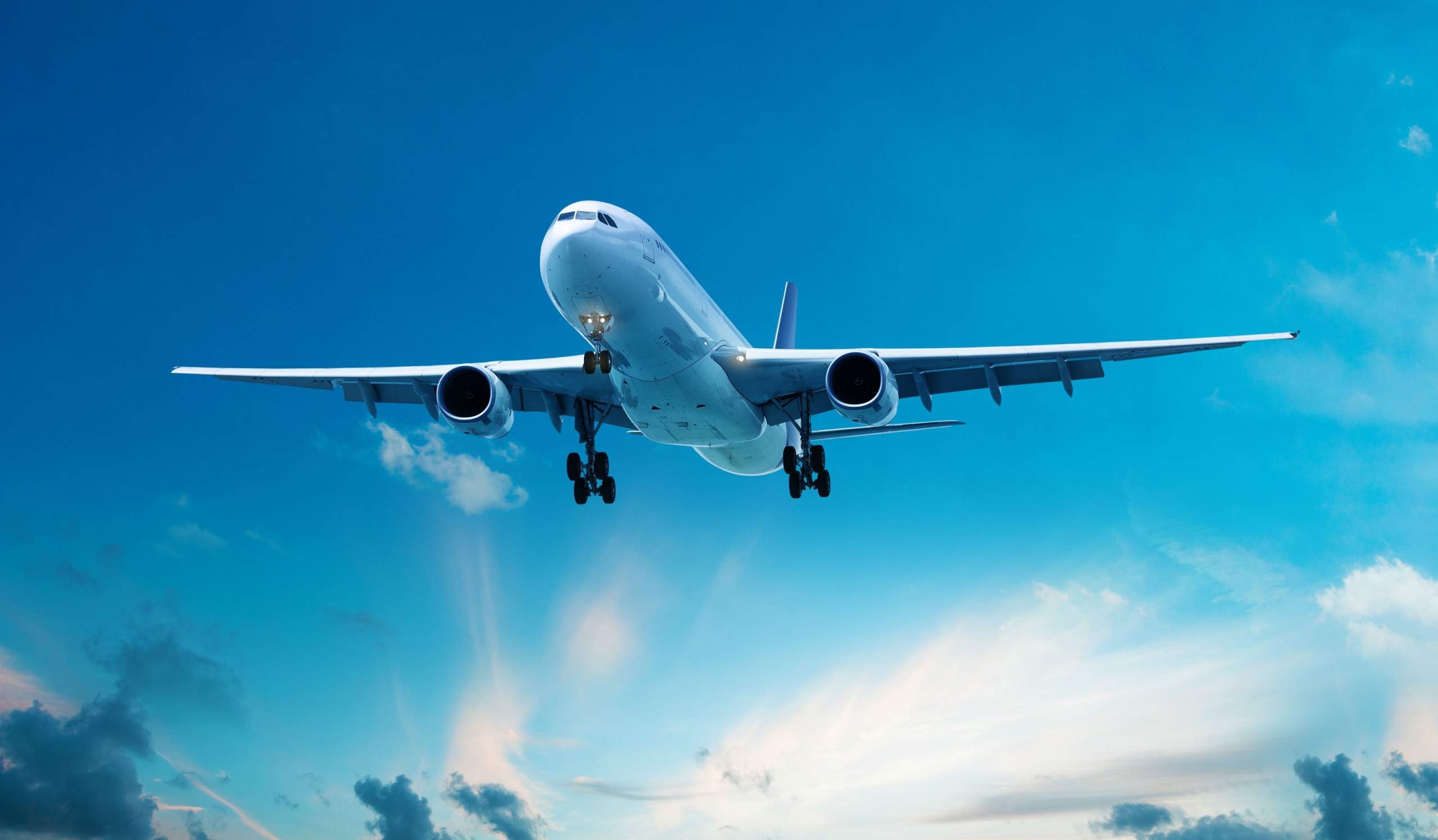
Since the Wright Brothers’ groundbreaking flight more than a century ago, air travel has become an essential aspect of our interconnected world. It has broken barriers and brought together people, cultures, and economies in ways that were once unimaginable. Looking ahead, it’s clear that the aviation industry is on the brink of a shift driven by innovations and trends that will reshape how we navigate through the skies.
A notable advancement in air travel is the emphasis on aviation. With airlines under pressure to cut down on carbon emissions and minimize their environmental impact, there is an investment in developing electric and hybrid aircraft as well as sustainable aviation fuels (SAF). These advancements hold promise for reducing air travel’s carbon footprint leading to an eco-friendly and conscientious future.
Another major trend influencing the future of aviation is the increasing integration of automation and artificial intelligence (AI). From enhancing flight operations and safety to delivering customer experiences AI is poised to play a significant role in shaping the evolution of air travel. The advancement of self-piloting aircraft and systems that aid pilots is gaining traction, with the promise of boosting efficiency and minimizing errors.
In the realm of aircraft design, the future appears to have leaped out of science fiction novels. The introduction of hypersonic jets is on the brink of transforming long-distance travel while advancements in Vertical Take Off and Landing (VTOL) aircraft and urban air mobility solutions could reshape navigation. Progress in aircraft materials and aerodynamics is also pushing boundaries, resulting in planes that are lighter, faster, and more efficient than ever.
Yet the future of air travel encompasses more than aircraft innovations. The passenger experience is poised for an overhaul focusing on improved comfort, convenience and safety. Smart cabins and cutting-edge in-flight entertainment systems will offer tailored services and amenities. Simultaneously enhanced seating configurations and optimized space usage will elevate flying comfort levels to new heights. Streamlined airport procedures incorporating biometric identification techniques and seamless security checks aim to reduce stress levels while enhancing the travel journey.
Undoubtedly, the future landscape of air travel poses its set of challenges and considerations. Navigating constraints, environmental considerations, and socioeconomic impacts is crucial as the industry progresses. Striking a balance between expansion and sustainability, managing issues like noise pollution and habitat disturbances, and ensuring access to air travel are among the multifaceted challenges that must be tackled.
Nevertheless, despite these obstacles, the future of aviation holds much promise. As we approach a new era in flight technology, it’s evident that there are no limits in the sky. By making meaningful investments, formulating reasonable policies, and fostering innovations, we have the potential to shape a future of air travel that not only enhances efficiency, comfort, and convenience but also prioritizes sustainability, accountability, and inclusivity for all. The road ahead may have its share of turbulence, but reaching the destination will undoubtedly make it worth the journey.







